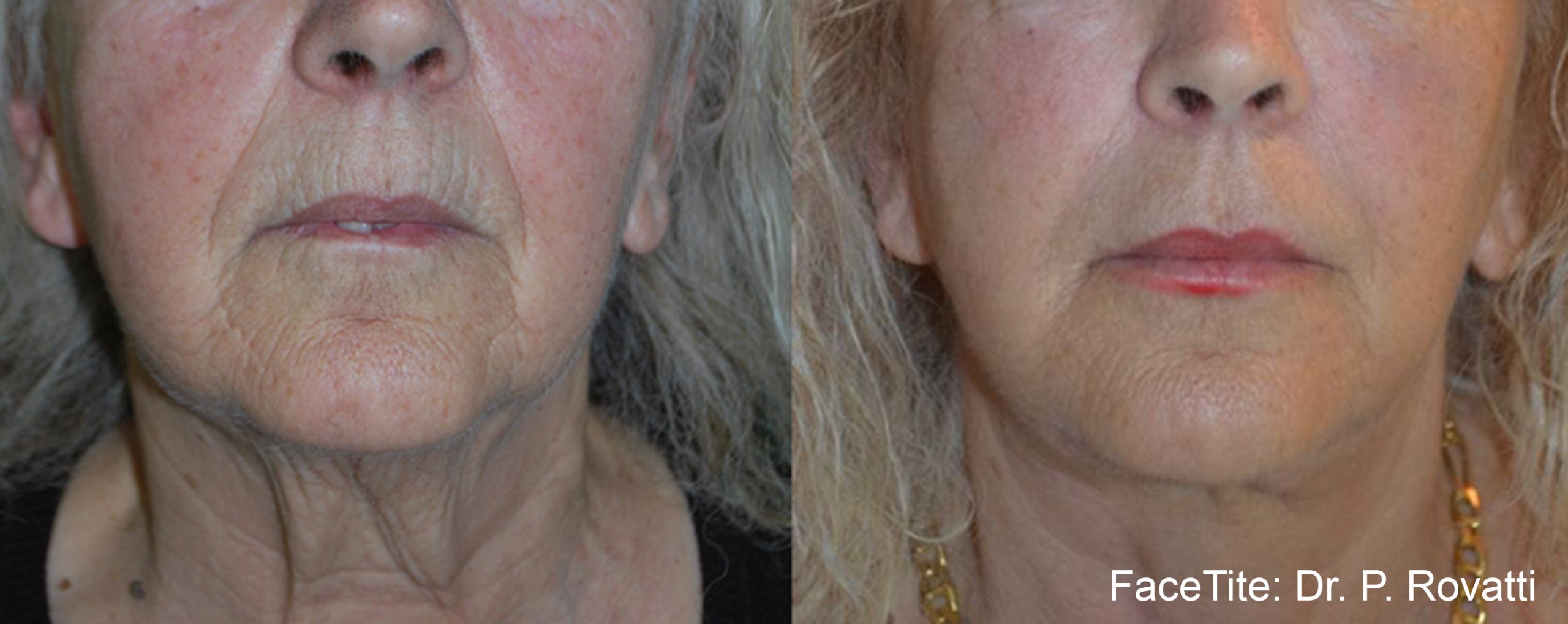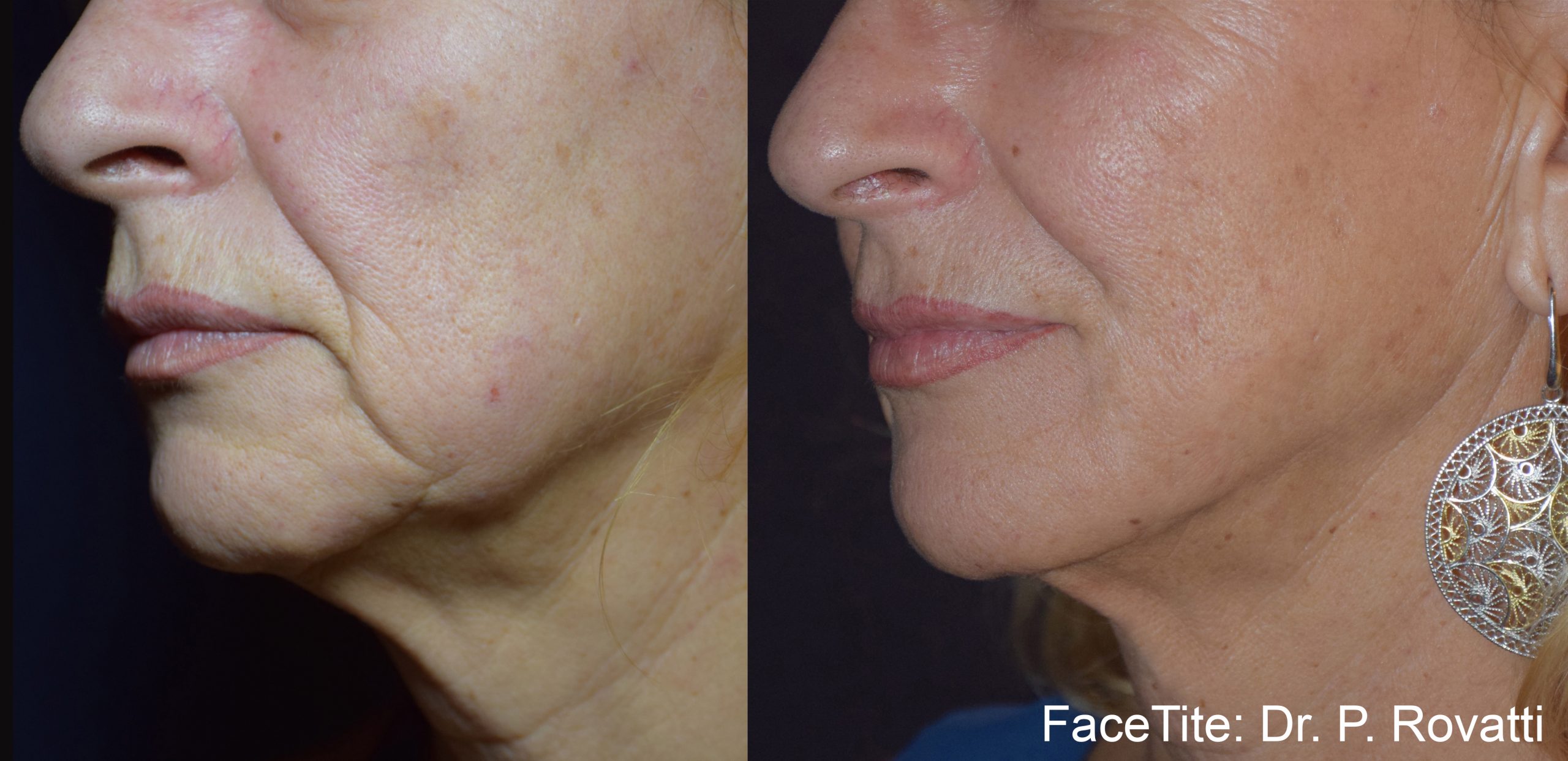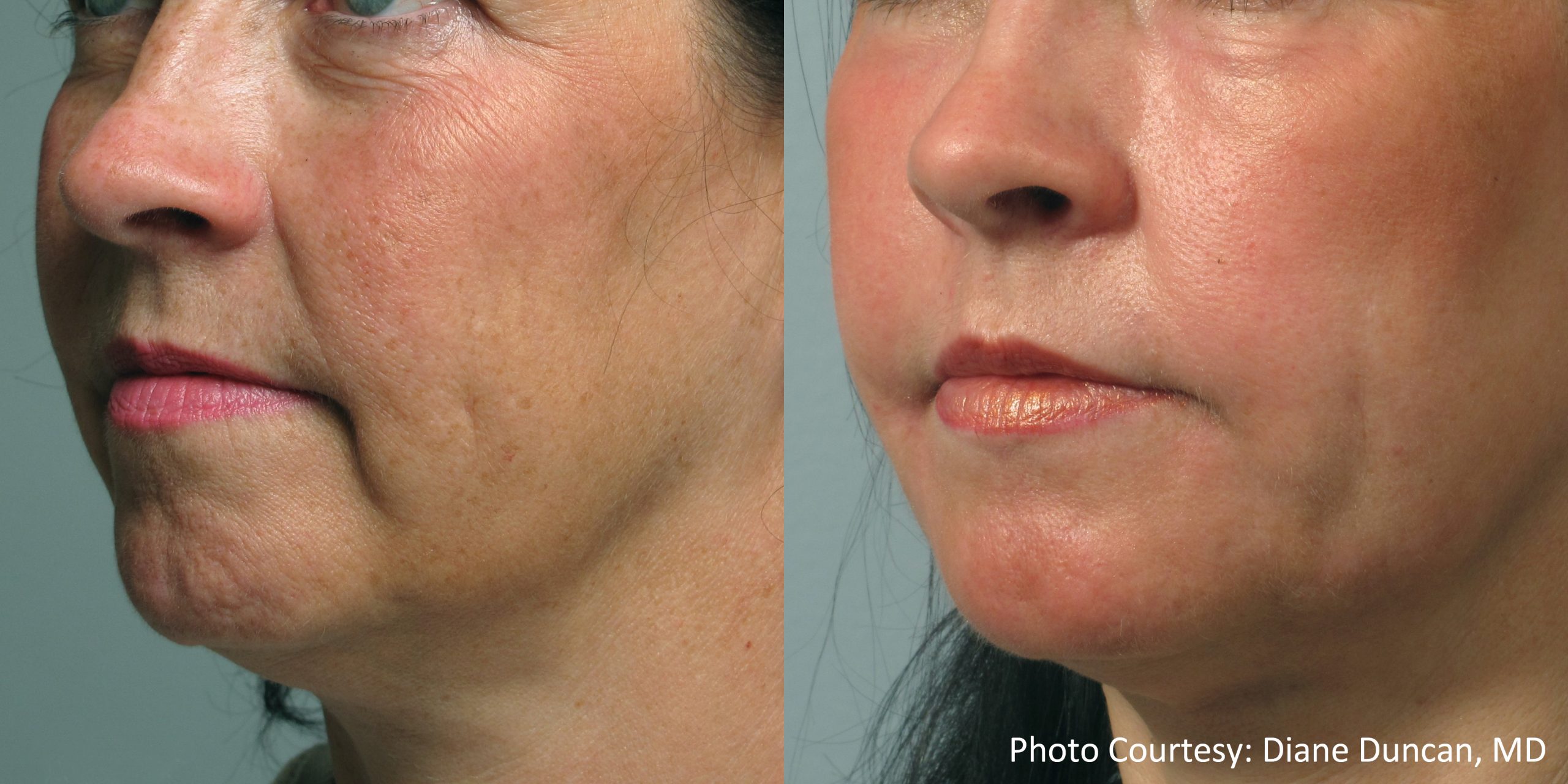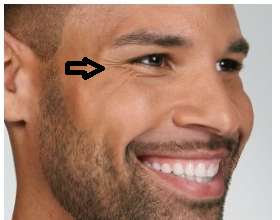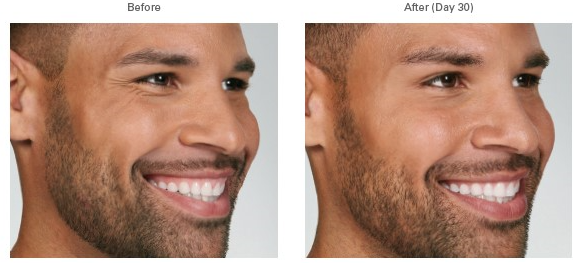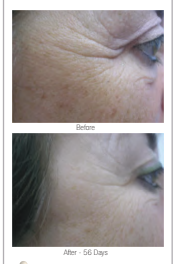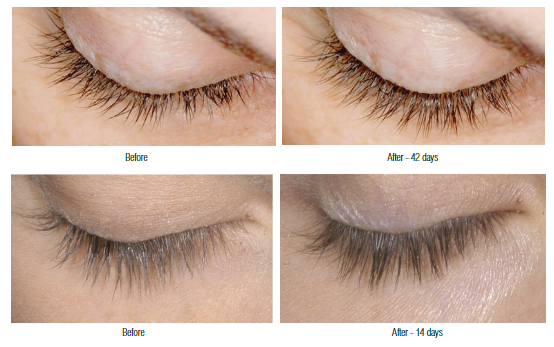 In today’s digitally-driven world, our eyes are constantly glued to screens, whether it’s our smartphones, tablets, computers, or TVs. While this connectivity has undoubtedly transformed the way we live and work, it also brings along a lesser-known concern: dry eyes. The more time we spend in front of screens, the more likely we are to experience the discomfort of dry eyes.
In today’s digitally-driven world, our eyes are constantly glued to screens, whether it’s our smartphones, tablets, computers, or TVs. While this connectivity has undoubtedly transformed the way we live and work, it also brings along a lesser-known concern: dry eyes. The more time we spend in front of screens, the more likely we are to experience the discomfort of dry eyes.
Understanding Dry Eyes:
Dry Eye is typically caused by reduced watery tear production, reduced oily tear production, or both. If our eyes aren’t producing enough watery tears, are eyes will dry up quickly. On the other hand if our eyes aren’t producing oily tears, the rest of the tears will either evaporate or begin to overflow as the balance of tears has been thrown off. Tears are very important in keeping the eye lubricated and feeling comfortable. However, extended screen time can disrupt this delicate balance.
The Screen-Related Culprits:
- Reduced Blink Rate: When we are using digital devices, we blink less than half as much as we normally do. Blinking is important in producing oily tears and spreading them onto the eye.
- Increased Screen-Induced Visual Demands: Focused concentration on a specific task often times will cause us to widen our eyes leading to increased tear evaporation.
- Blue-Light Exposure: While research on the effects of blue-light is still inconclusive it is worth mentioning as a potential cause of dryness anecdotally.
Prevention and Relief:
- Follow the 20-20-20 Rule: To alleviate screen-induced dryness, adopt the 20-20-20 rule. Every 20 minutes, take a 20-second break, and focus on an object 20 feet away. This practice encourages blinking and allows the eyes to relax.
- Consider incorporating PRN De3 Omega-3 supplements into your daily routine. These superior supplements, rich in fatty acids, have been shown to improve tear film quality and reduce inflammation.
- Blink Regularly: As mentioned previously, the blink is an important process in the production of oily tears. Make sure to try and take big squishy blinks during your 20-second breaks.
- Stay Hydrated: While this might seem like a no-brainer, it deserves to be mentioned as we all could use a reminder to maintain overall hydration.
- Adjust Screen Settings: On many devices there are brightness settings called “night-mode” or “night-shift”. Enabling these settings and decreasing screen brightness may reduce eye-strain.
- Consider Blue Light Filters: Glasses also have coatings or filters that can be added at the time of fabrication that can reduce the impact of blue-light on our eyes.
In conclusion, the digital age has brought us remarkable conveniences but has also introduced challenges to our eye health. Regular, prolonged screen time can lead to dry eyes due to reduced blinking, increased visual demands, and blue light exposure. By following preventive measures and incorporating simple habits into our daily routine, we can strike a balance between staying connected and maintaining optimal eye health.




